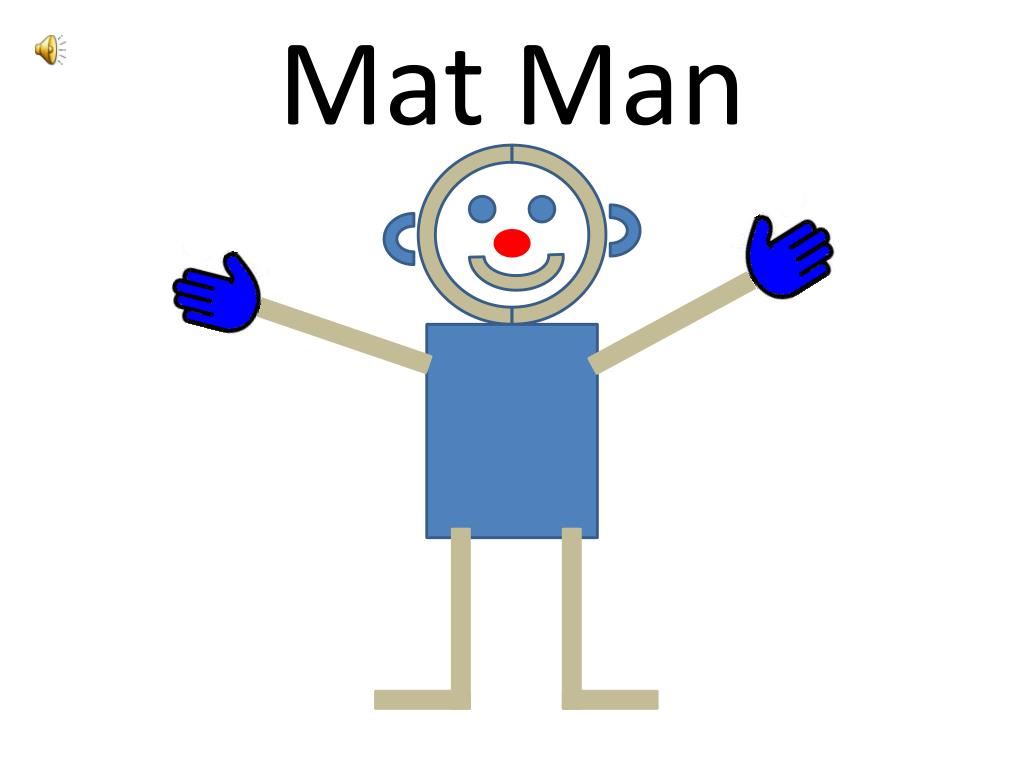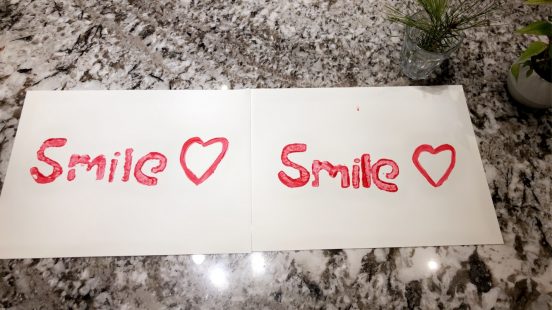Smile
Upside down, Left to Right. After watching the short film about letterpress, I should have paid more attention to what I was doing. After an hour of carving my stamps and excited and ready to print. I realized that I didn’t follow the printing rules, upside down, left to right. I carved my letters just as they should look like when printed. I was able to save two letters, “i” and “l”, the two letters that were easier to carve thanks to the use of straight lines. Since I was in a good mood, and enjoying the process, I carved the three curved letters again, S, m, e. At that point I was thinking on how I would carve them backwards, left to right. Since I already had carved them as they should look, I used my original stamps, to stamp them in the new potatoes, since they will print backwards, which helped, as I just had to carve at that point.
Creating letters with curves was the most challenging part of the process. Coming from creating letters and designs using vectors in Adobe Illustrator to making curves with a Knife on a potato was very interesting. The other aspect that was challenging was the depth at different parts in the letter. While I was carving the letters, they looked good on the potato, but at the moment of stamping them, some parts didn’t print.
The process to create the stamps was considerably long. A process that it is worth doing only for the love of the art. It took me about an hour to create the stamps, mostly because I was taking my time to make sure they were really good. As I was carving the letters I noticed how the letters that have curves took more effort than the letters that have straight lines. This reminded me of my son who is currently learning how to write. At school they use the MAT man, and kids identify which parts of MAT man they can use to create the letters. Learning to write is similar to the evolution of the history and mechanization of writing. First students identify the parts they need to use to create the letters, then they use a pencil, and once writing is mastered, they start using a keyboard. In the learning process of writing we can also see a form of remediation (Bolter, 2000) as kids change the medium of writing from paper to digital technology.
Considering the time and effort it took to create the word “Smile” I am extremely happy about the mechanization of writing. While typing using a keyboard, writing the word smile takes me only one second.

References
Jay David Bolter. (2000). Writing Space : Computers, Hypertext, and the Remediation of Print: Vol. 2nd ed. Routledge.


MelissaPhillips
February 8, 2021 — 7:37 pm
I made the same mistake with my stamps, too, by forgetting that they needed to be carved backwards! I love your reference to Mat Man, and how the process of children learning to write provides us with a glimpse of the evolution of writing.